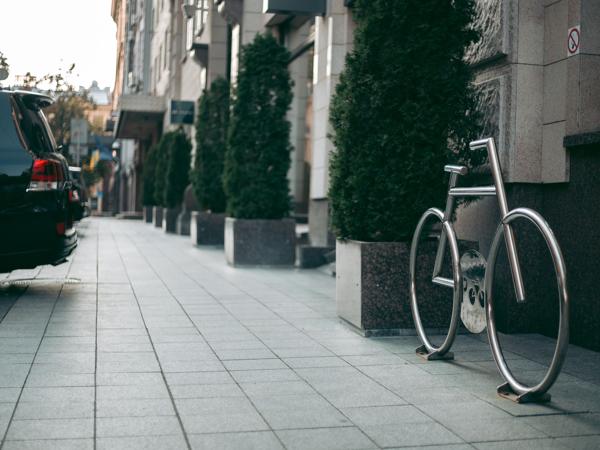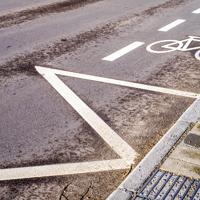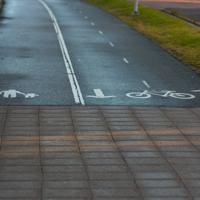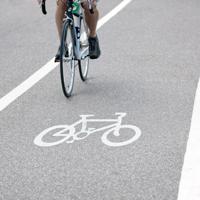Navigating city streets on a bicycle is a joyful and efficient way to get around. Whether you’re commuting to work, running errands, or just exploring, parking your bike safely is an integral part of the experience. This guide explores some of the options and considerations for finding safe bike parking in urban settings.
Understanding the Challenges
Parking your bicycle in the city can be tricky. Dense urban areas often lack adequate bike parking facilities, and the presence of bike thieves adds another layer of concern. It’s not uncommon for cyclists to run late to a meeting or errand because they couldn’t find a suitable spot to lock their bikes.
Evaluate Your Options
Public Bike Racks
Public bike racks are frequently located in business districts, near public transportation, and at popular city spots. They provide an economical and somewhat secure option if you use a reliable lock. However, not all racks are equal; some may be situated in isolated areas or poorly lit sections. It’s wise to assess the surrounding environment before settling on a spot.
Covered or Indoor Parking Facilities
Some cities offer dedicated covered or indoor parking facilities for bikes. They might be near transit stations or multi-story parking structures. These facilities typically provide added protection against weather and theft, although there might be a fee. It’s valuable to research city guides or apps that list these locations — for instance, San Francisco has the initiative called BikeLink, which offers secure bike parking.
Workplace and Residential Parking
Places of employment and residential buildings can sometimes offer bike storage options. Inquire if your office provides bike parking in a secure basement or a locked room. Similarly, apartment complexes might offer bike rooms or designated areas. Convincing your management or facility to install bike parking can also be a community-building endeavor among fellow cyclists in your building.
Tips for Safe Bike Parking
-
Choose Well-Lit Areas: Parking in visible, heavily trafficked areas reduces the risk of theft. Thieves are less likely to operate where their actions can be easily noticed.
-
Use a High-Quality Lock: Opt for a durable U-lock or a heavy-duty chain. Ensure key components such as the frame and one of the wheels are secured to a fixed, immovable object.
-
Secure Removable Components: Thieves often target accessories like lights, saddles, or quick-release wheels. Fasten these parts when possible or remove them entirely.
-
Be Aware of Parking Restrictions: Some cities have specific regulations regarding where bikes can be secured. Check local guidelines to avoid fines or impounding.
-
Join Local Cycling Groups: Engaging with local cycling communities can be helpful. They often share insights into safe parking spots and strategies. Websites like Meetup can help connect with cycling enthusiasts in your city.
Resources and Further Reading
- Consider utilizing apps such as Bike Parking 4 Cities, which help locate bike racks and secured parking spots in various cities globally.
- “The Handbook of Sustainable Travel” provides insights into urban cycling practices and sustainable transportation.
Conclusion
Parking your bicycle securely in the city contributes to a more enjoyable and stress-free cycling experience. While there might not be a foolproof solution to bike parking challenges, being informed and cautious can help mitigate risks. Feel free to share your strategies and experiences with urban bike parking, as building knowledge within the community ensures that more people can cycle confidently and securely.




